Fuel prices are eating into your profits, and your old diesel utility vehicle spends more time being repaired than working. Every breakdown during a busy season costs you time and money.
Farmers are switching because electric tricycles cut operating costs by up to 90% through fuel and maintenance savings. They are also quieter, more maneuverable on farm terrain, and offer a reliable, eco-friendly solution for daily transport.
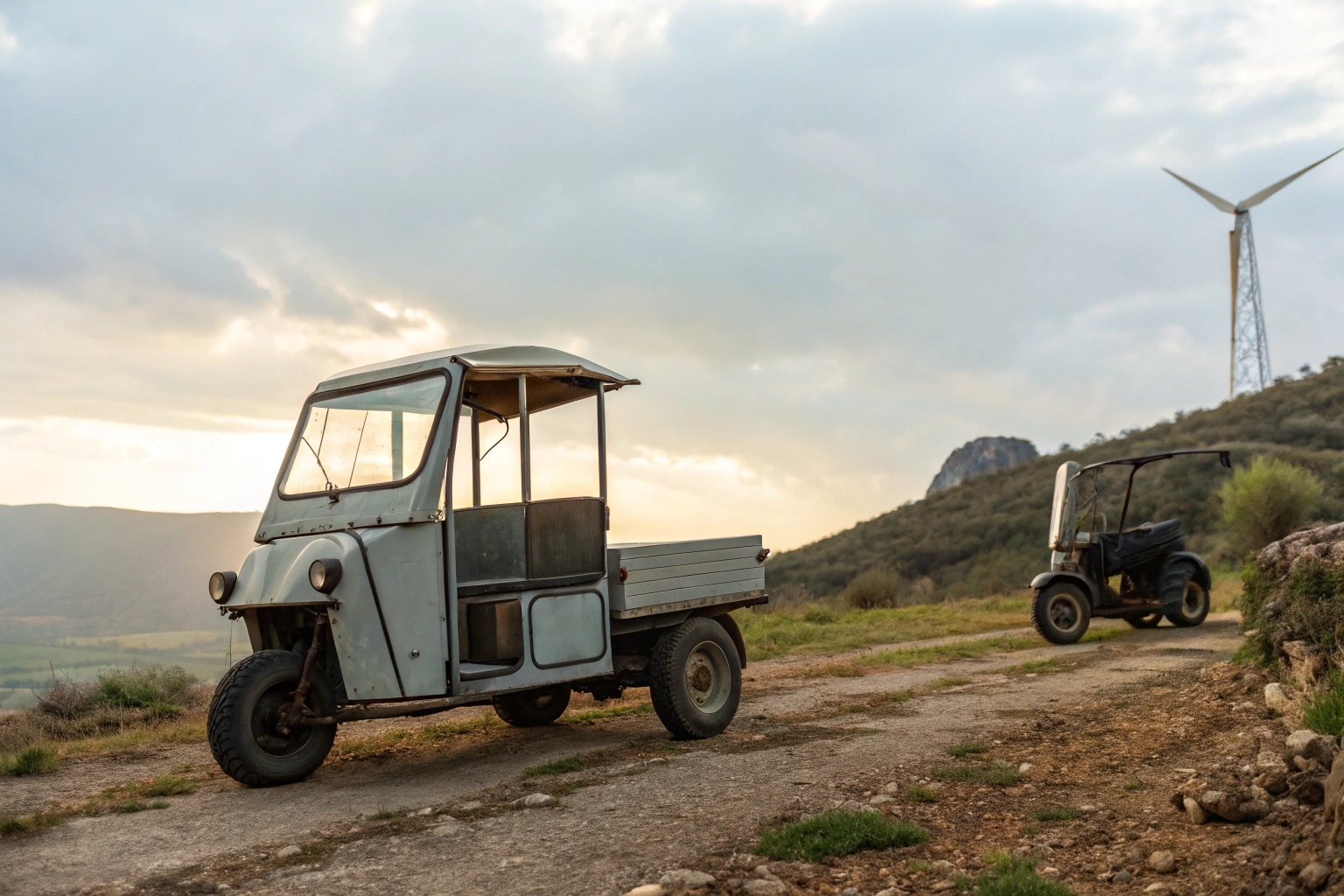
From our factory's perspective, the agricultural sector is one of our fastest-growing markets. When we talk to importers who serve farmers, the conversation isn't about saving the planet—it's about saving money and improving the daily workflow. A farm is a business, and any tool that can reduce expenses while increasing efficiency is a smart investment. The old way of relying on noisy, high-maintenance, fuel-guzzling engines is becoming a financial burden that modern farmers can no longer afford.
How does using an electric tricycle reduce farm operating costs?
You're tired of watching your profits get burned up by volatile diesel prices and constant engine repairs. Budgeting becomes a guessing game, and downtime during planting or harvest is a disaster.
An electric tricycle drastically reduces costs by replacing expensive fuel with cheaper electricity and eliminating engine maintenance. With fewer moving parts, there are no oil changes or filter replacements, leading to a total cost of ownership that is 30-90% lower.
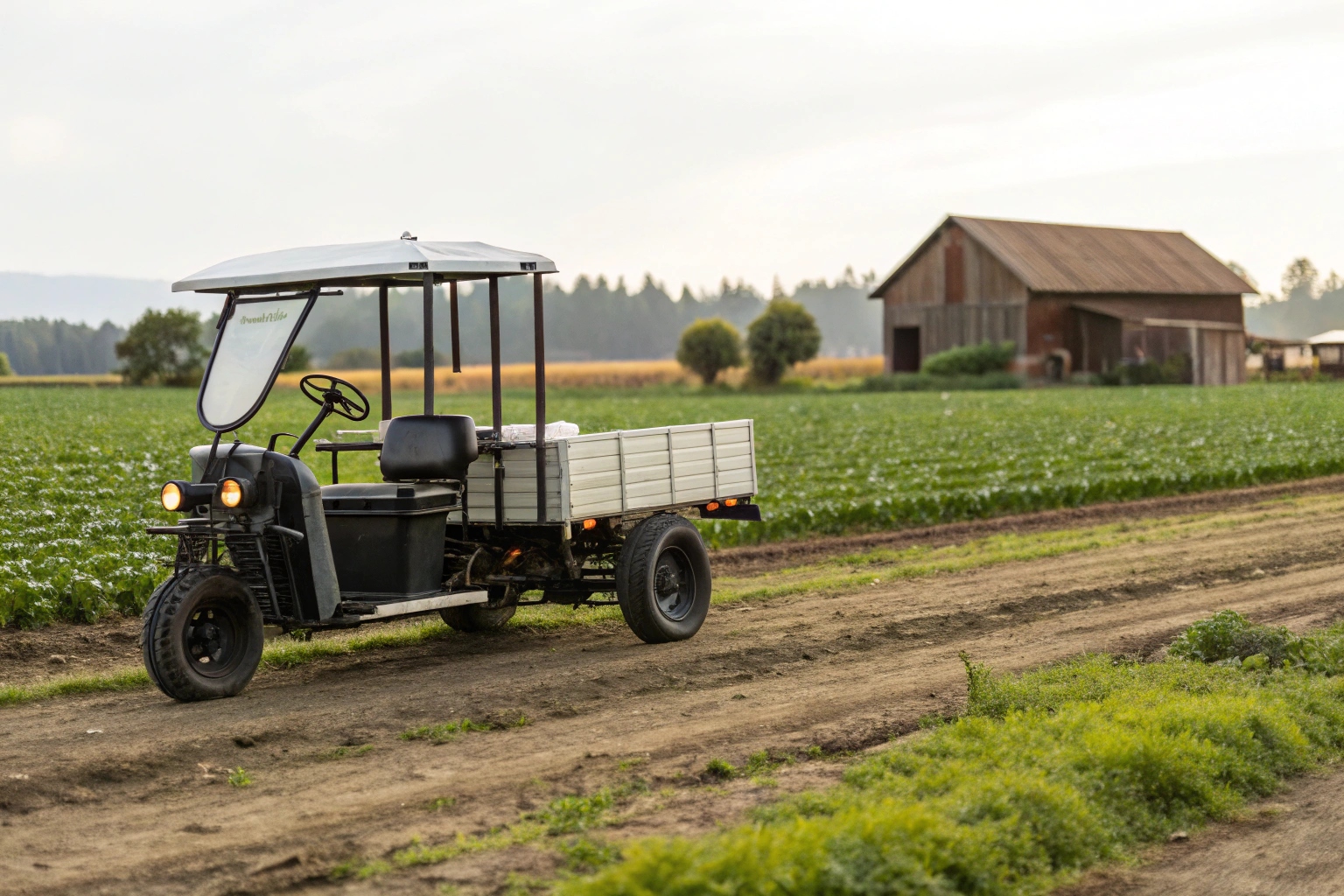
This is the number one reason for the switch. The math is simple and powerful. First, the "fuel" cost. Electricity is almost always cheaper and has more stable pricing than gasoline or diesel. For farmers in energy-scarce regions, this is a game-changer. Second, maintenance is nearly zero. An electric motor has very few moving parts compared to an internal combustion engine.
| Maliyet faktörü | Traditional Diesel Vehicle | Electric Agriculture Tricycle |
|---|---|---|
| Fuel Cost | High and Unpredictable | Low and Stable |
| Rutin Bakım | Frequent (oil, filters, plugs) | Minimal (tires, brakes) |
| Downtime | Higher (engine repairs) | Lower (greater reliability) |
| Result | Yüksek Toplam sahiplik maliyeti | Low Total Cost of Ownership |
The return on investment (ROI) is fast. The money saved on fuel and mechanic bills quickly pays back the initial purchase price.
What battery capacity and range are most suitable for daily agricultural work?
You worry an electric vehicle won't last the whole day. The fear of running out of power in a distant field, far from a charging point, is a major concern for any practical farmer.
For most small to mid-size farms, a battery capacity of 60V 58Ah to 72V 65Ah is ideal, providing a practical range of 40-60 km per charge. This is more than enough for a full day of typical tasks like hauling tools, feed, and harvests.
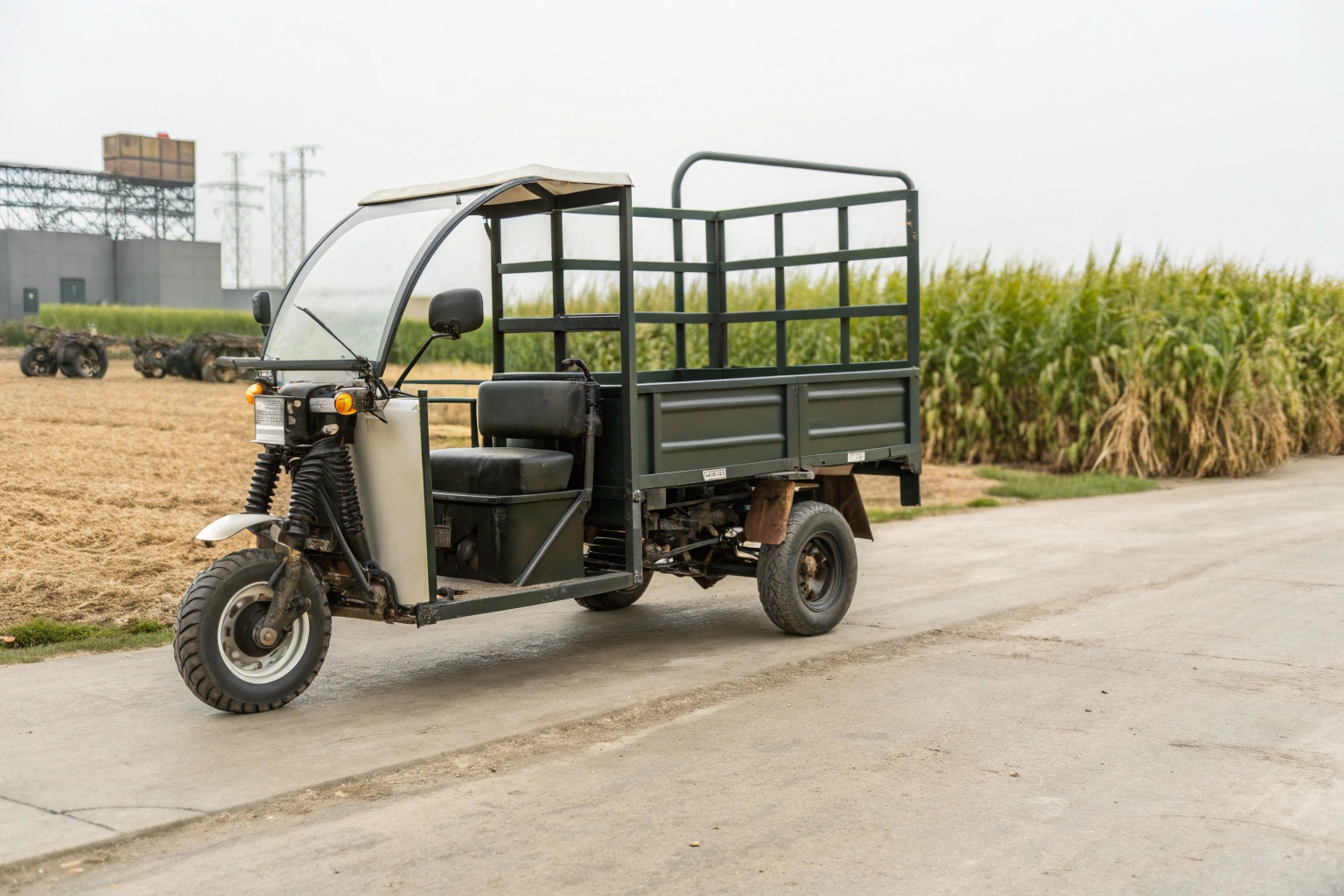
The goal is to match the battery to the workload. You don't need a massive, expensive battery for a 10-hectare farm. We work with clients to find the sweet spot. A standard lead-acid battery pack is a cost-effective choice that covers the daily needs of most farms with a simple overnight charge. For larger farms or more intensive use, upgrading to a lityum pili offers a longer lifespan and consistent power. The ultimate solution for resilience is pairing the tricycle with on-site solar panels. This creates a completely self-sufficient and nearly free transport system, totally independent of the grid or fuel deliveries.
| Farm Type | Common Daily Tasks | Recommended Battery |
|---|---|---|
| Small Farm / Greenhouse | Moving tools, seedlings, spot spraying | 60V 58Ah Lead-Acid |
| Mid-Size Mixed Farm | Hauling feed, fertilizer, harvest crates | 72V 65Ah Lead-Acid or Lithium |
| Large-Scale Operation | Frequent, heavy loads across long distances | 72V 80Ah+ Lithium with fast-charging |
How can electric farm tricycles improve efficiency on rural terrain?
Your large tractor is too clumsy for tight spaces, and using a wheelbarrow is slow and exhausting. You have narrow orchard rows, greenhouse aisles, or muddy paths where big machinery just can't go.
Electric tricycles are compact and nimble, allowing them to navigate narrow paths inaccessible to larger vehicles. Their instant electric torque provides excellent traction for climbing hills and moving through muddy conditions, hauling 500-1,000 kg of cargo with ease.
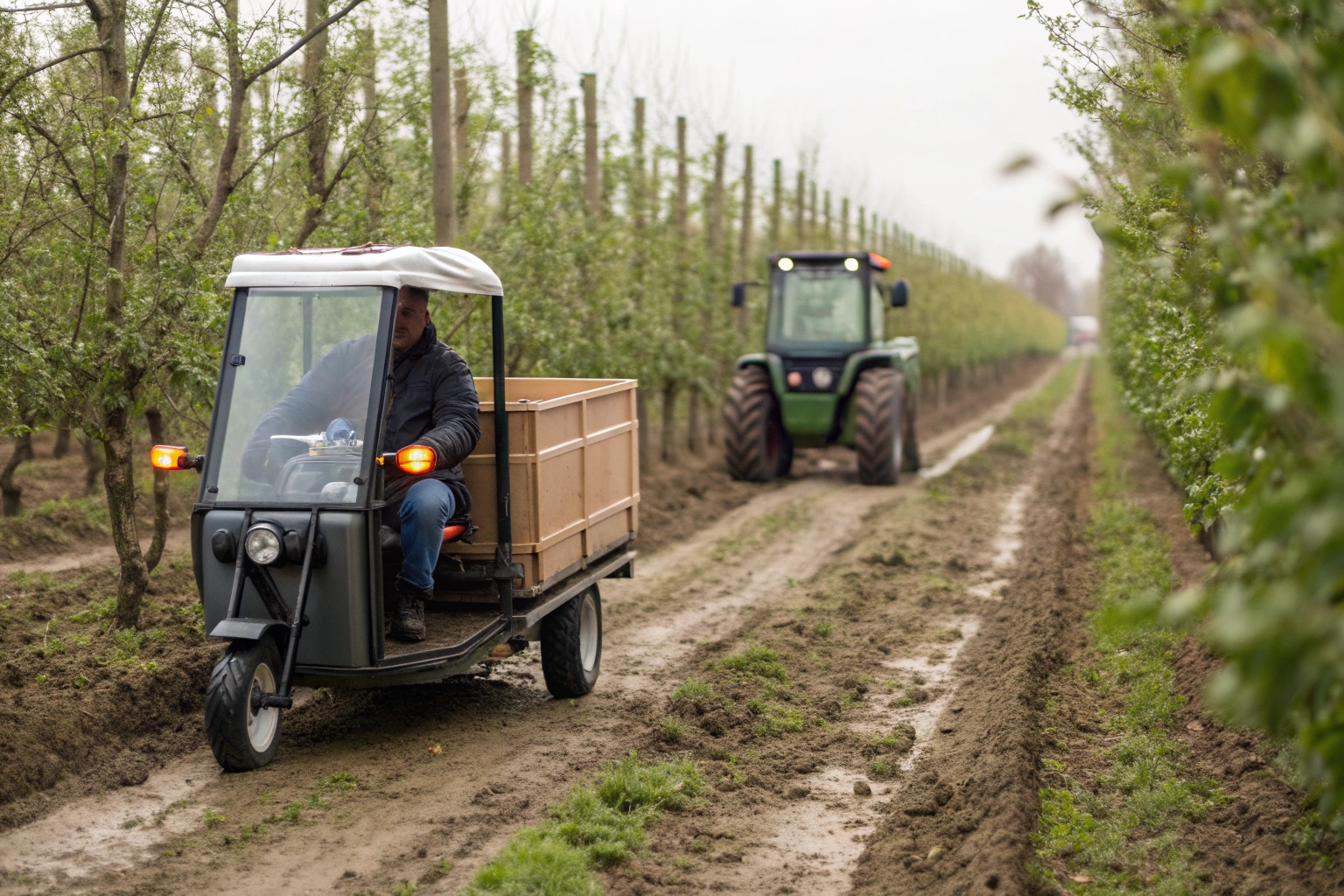
This is about using the right tool for the job. A tractor is for plowing fields, but an elektrikli üç tekerlekli bisiklet is for the dozens of other daily tasks. Its small size means less wasted space between crop rows. Its quiet operation, with noise levels reduced by up to 70%, means you can work near livestock without causing stress. The instant power from the electric motor is perfect for farm terrain—it gives you the grip you need to get up a slippery hill without the roaring engine and wheel spin of a diesel. Many of our models also support attachments, turning a simple cargo hauler into a multi-purpose tool for spraying, seeding, or watering.
What government incentives are encouraging farmers to switch?
You see the long-term benefits of going electric, but the initial purchase price is a barrier. You need a way to make the investment financially viable for your business right now.
Many governments and agricultural agencies offer subsidies, tax incentives, and green energy loans specifically for clean farm equipment. These policies lower the initial cost, accelerate the return on investment, and make the switch to electric an easy financial decision.
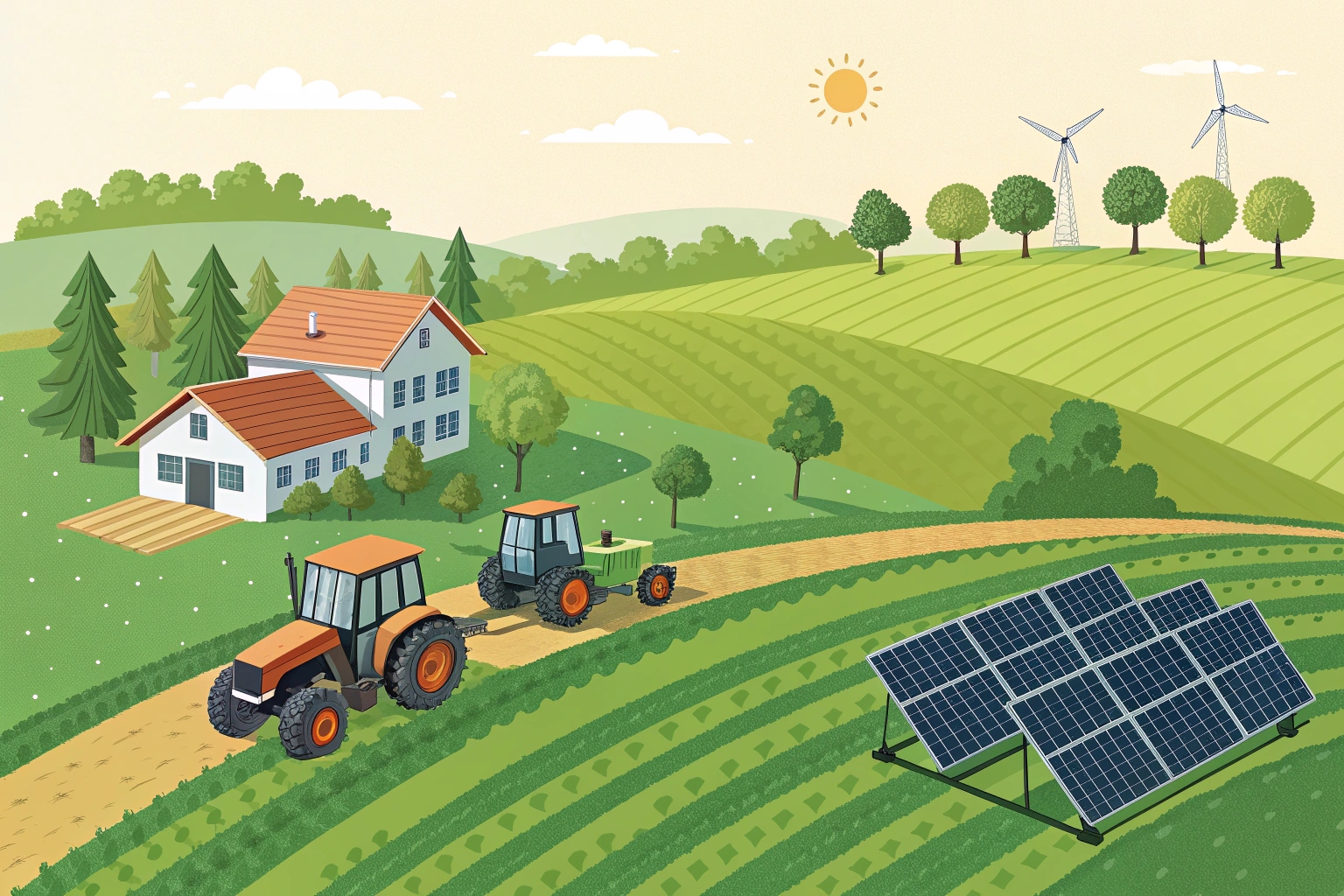
These incentives are becoming more common as governments recognize the need for sustainable farming. They help bridge the price gap between traditional and electric models. But even without government help, there's a powerful economic incentive. In countries with high fuel costs or unreliable supply, going electric is a move toward energy independence. As environmental regulations on emissions get stricter, farmers who switch now are future-proofing their operations. They are not just buying a vehicle; they are investing in a more resilient and competitive business model that is less dependent on fluctuating global fuel markets. This is a practical step towards a more profitable and sustainable future.
Çözüm
For modern farmers, switching to an electric tricycle is a smart business decision. It cuts costs, boosts efficiency, and provides reliable, independent transport, securing the farm's financial health for the future.

